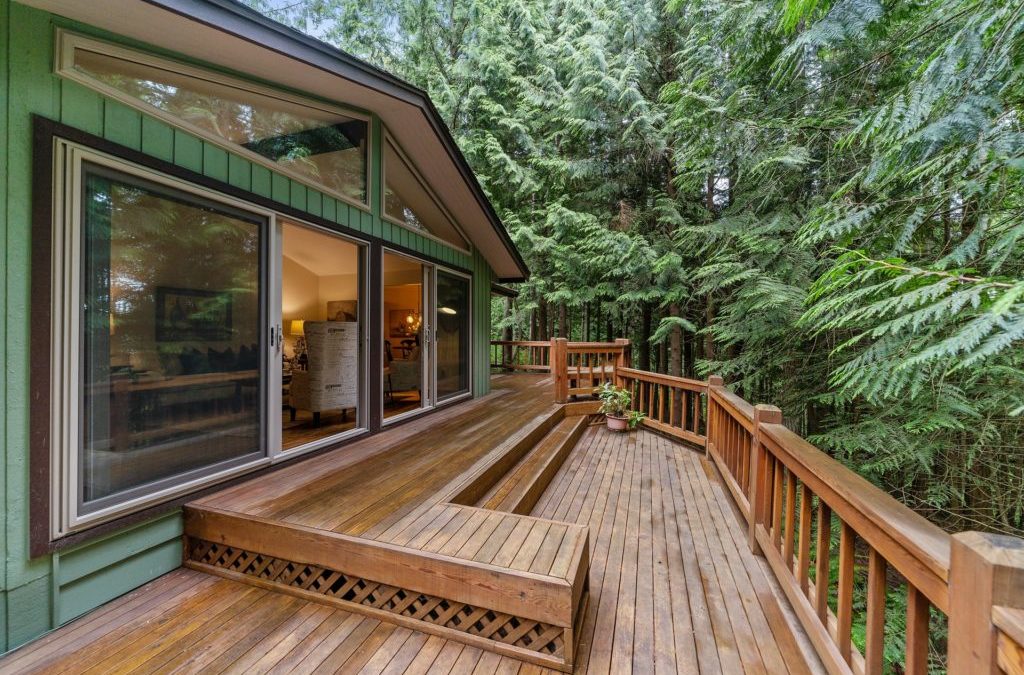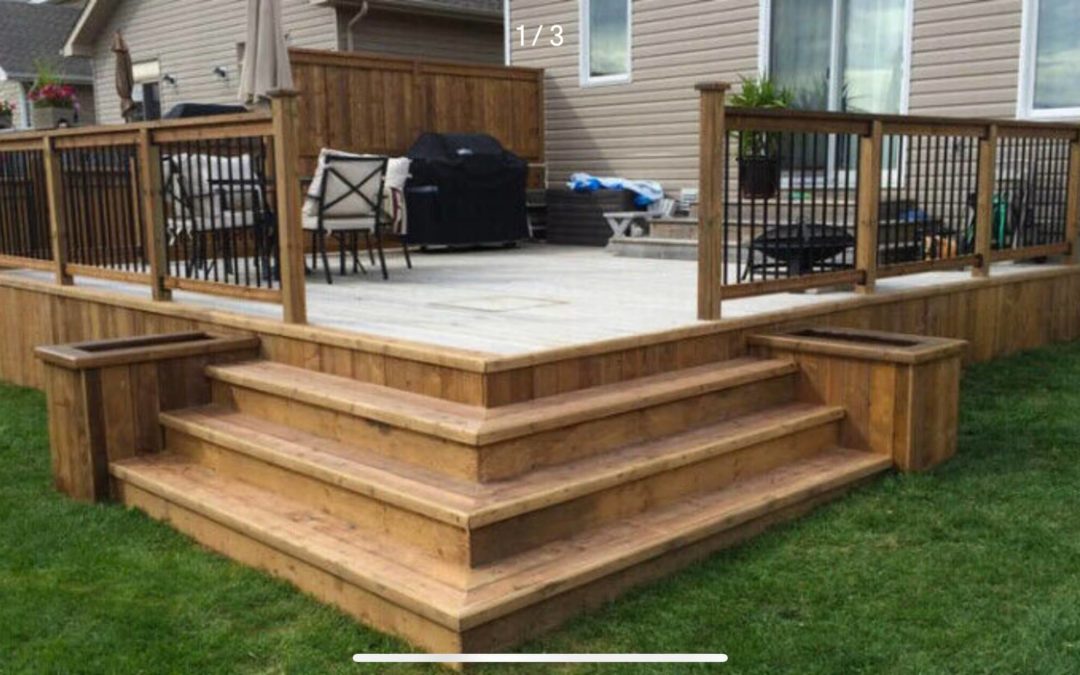Wood railings, also known as wood deck railings, can significantly enhance the aesthetics and functionality of your outdoor space. They provide safety and support while adding a natural touch to your deck or patio. In this comprehensive guide, we’ll explore the best wood deck for railing, materials used, protection, longevity, and cost considerations.
What are Wooden Railings Called?
Wooden railings are commonly referred to as wood railings or wood deck railings. They come in various styles, such as baluster, cable, and glass panel railings, to suit the design of your deck or patio.
Wooden railings are also known as handrails or banisters. These barriers, often constructed from wood, run horizontally or at an incline and offer stability and protection for individuals going up or down stairs, ramps, or other raised areas.
Handrails are an essential component of any stairway, providing a stable grip for individuals to hold onto while ascending or descending the stairs. They are often used in combination with balusters, which are vertical posts that support the handrail and prevent falls.
Wooden railings come in a variety of designs and styles to suit different architectural and aesthetic preferences. These railings can be coated with paint or stain to harmonize with the existing design, and they can be constructed from various wood species such as pine, oak, and maple.

What is the Best Wood for Railing?
The best wood for railings is one that’s durable, resistant to decay and has excellent weathering characteristics. Some popular options include cedar, redwood, pressure-treated pine, and tropical hardwoods like Ipe and Cumaru.
Choosing the best wood for railing, there are several factors to consider, including durability, strength, cost, and appearance. Below are the most popular types of wood used for railing, along with their characteristics:
1. Cedar: Cedar is a popular choice for railing due to its natural resistance to rot and insects. Another advantage is that it is not heavy and straightforward to handle, which makes it an economical choice. Cedar has a distinct aroma and a beautiful natural colour that can be enhanced with stain or paint.
2. Redwood: Redwood exhibits strength and longevity, with natural resistance to decay and pests. It has a natural reddish colour that can be enhanced with stain or paint. Redwood is more expensive than cedar but can last for decades with proper maintenance.
3. Pressure-treated pine: Pressure-treated pine is a cost-effective option that is treated with chemicals to resist rot and insects. The wood type demonstrates strength and resilience; however, it may be susceptible to twisting and developing fissures as time passes.
4. Mahogany: Mahogany is a dense, strong, and durable wood that has a rich, dark colour. It may be left natural or tinted to improve its beauty and is resistant to decay and insects. Mahogany is more expensive than other woods but is highly valued for its strength and appearance.
What Material is Used for Wood Railings?
Wood railings typically consist of posts, top and bottom rails, and infill materials such as balusters or spindles. Wood railings can be made from various types of wood, as well as other materials. Listed are the considerable common materials used for wood railings, along with their characteristics:
1. Hardwoods: Hardwoods such as oak, maple, cherry, and mahogany are popular choices for wood railings. These types of woods are durable and strong, with a beautiful natural appearance that can be enhanced with stain or paint.
2. Softwoods: Softwoods such as pine, cedar, and redwood are also commonly used for wood railings. These types of woods are typically less expensive than hardwoods and are easy to work with. It is stained or painted to match any decor.
3. Composite materials: Composite materials are a popular alternative to wood for railings. A mixture of wood fibres and plastic is used to create these materials, which are sturdy, long-lasting, and pest- and rot-resistant. Composite railings come in various hues and designs, providing adaptability for any residence.
4. Metal: Metal railings are another popular option for wood railings. Metal railings can be used in combination with wood to create a unique and modern look, including black, bronze, and stainless steel.
How Do You Protect Wood Railings?
To protect wood railings, apply a high-quality wood sealant or stain to provide a protective barrier against moisture, UV rays, and insects. To extend the lifespan of your wooden railing, it is crucial to perform routine upkeep, which involves cleaning and reapplying sealant or stain.

How Long Does Wood Railing Last?
The lifespan of wood railing varies on the kind of wood used, the quality of the installation, and regular maintenance. With proper care, wood railings can last anywhere from 10 to 30 years or more.
Which Railing is Best for Deck?
Choosing the ideal railing for your deck is determined by your personal taste, financial constraints, and upkeep needs. Wood railings offer a classic, natural look, but alternative materials like composite, vinyl, or aluminum may provide longer-lasting, low-maintenance options.
Aluminum railings are the best option for your deck if you prioritize durability, low maintenance, and lightweight materials, despite the potentially higher initial cost.
What is the Cheapest Deck Railing?
The cheapest deck railing options are typically made from pressure-treated pine or certain composite materials. However, keep in mind that lower-cost options may require more frequent maintenance or replacement compared to more expensive, durable alternatives.
What is the Expense Associated with Installing a Wooden Railing?
The cost to install a wood railing varies depending on the type of wood, the complexity of the design, and labour rates in your area. On average, Expect to pay anywhere from $10 to $500 per linear foot for installing a new railing, not including labour. Less expensive materials cost between $10 and $60 per linear foot, and highly durable options cost over $100.
What is the Most Common Deck Railing?
The most common deck railing material is wood due to its natural appearance, affordability, and ease of customization. However, other materials like aluminum, vinyl, and composite railings have gained popularity in recent years because of their low maintenance and durability. The choice of railing material depends on individual preferences, budget, and desired maintenance level.
Wood railings are a popular choice for outdoor decks and patios, providing a classic, natural look while offering safety and support. With a range of wood types, materials, and cost considerations, you can find the perfect wood railing solution to suit your needs and enhance your outdoor space.

